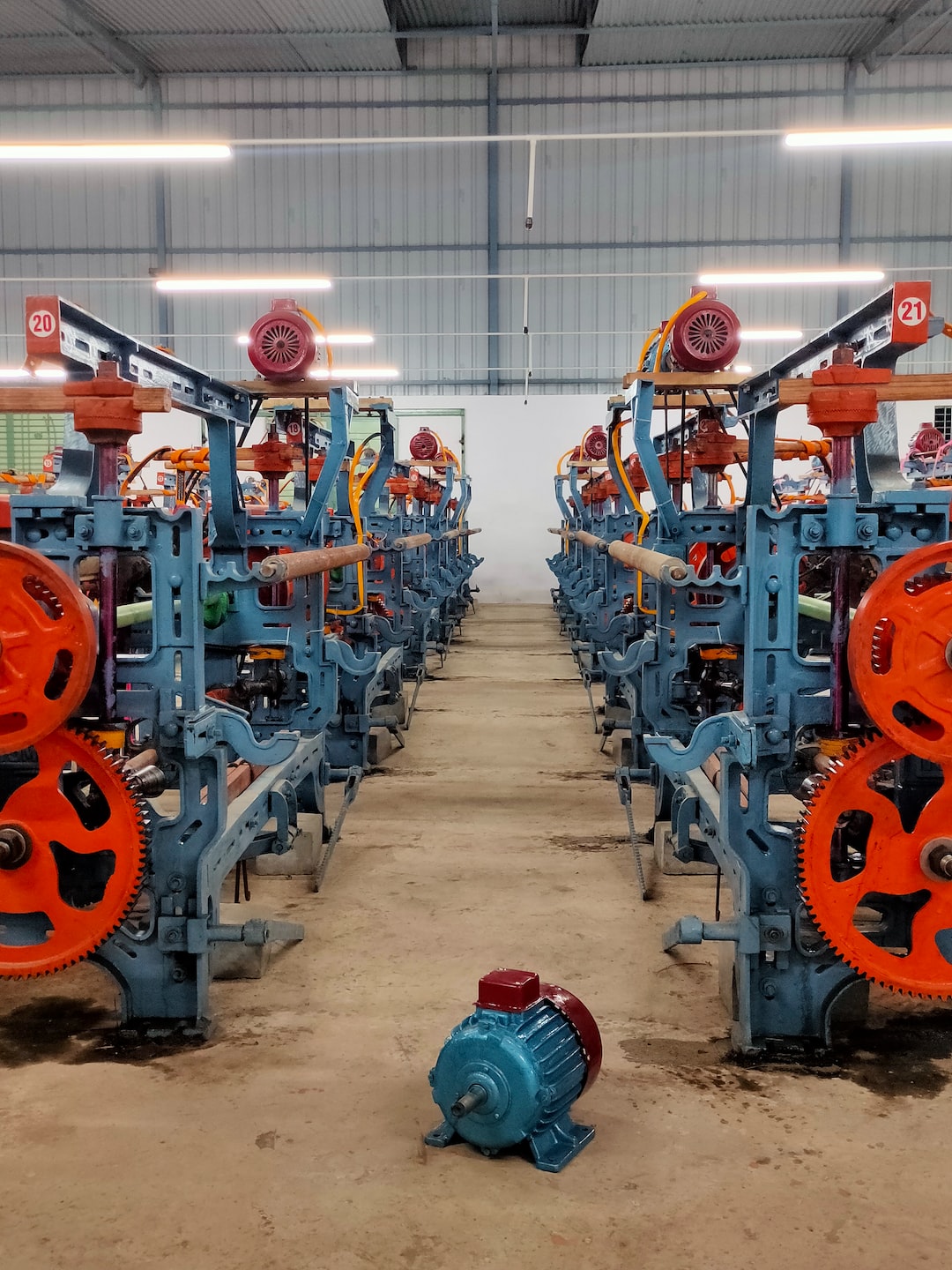Optimizing Warehouse Management Systems for Manufacturing Facilities
In today’s fast-paced manufacturing industry, efficient warehouse management systems (WMS) are crucial for maintaining a competitive edge. With the advent of new technologies and constant evolution in manufacturing processes, companies must adapt their warehouse management strategies to keep up with the ever-changing demands of their customers. In this blog post, we will explore the importance of optimizing warehouse management systems for manufacturing facilities and discuss some key strategies for achieving maximum efficiency.
First and foremost, an effective warehouse management system streamlines operations and reduces manual errors. In a manufacturing facility, where numerous components and products are being stored, processed, and shipped, manual inventory management is not practical. Implementing a WMS can automate crucial processes such as tracking inventory levels, generating accurate picking lists, and managing order fulfillment. By doing so, companies can reduce the risk of errors and associated costs, resulting in improved customer satisfaction and profitability.
Moreover, optimizing warehouse management systems enables companies to enhance their inventory management capabilities. Manufacturing facilities often deal with a wide range of raw materials, finished products, and components. Without an efficient system in place, it can be challenging to keep track of inventory levels, anticipate demand, and replenish stock in a timely manner. A well-designed WMS leverages data analytics and forecasting algorithms to provide real-time insights into inventory levels, enabling companies to make informed decisions about stocking and procurement. By optimizing inventory management, manufacturers can reduce stock-outs, improve product availability, and minimize carrying costs, ultimately driving higher revenue and customer loyalty.
Another critical aspect of optimizing warehouse management systems is improving order fulfillment processes. In manufacturing facilities, time is of the essence, and delays in fulfilling customer orders can lead to dissatisfaction and lost business opportunities. An efficient WMS allows companies to automate order processing, prioritize orders based on urgency, and allocate resources accordingly. By utilizing real-time data and intelligent algorithms, manufacturers can optimize their picking, packing, and shipping processes, resulting in faster order fulfillment and improved customer satisfaction.
In addition to streamlining operations, an optimized warehouse management system also enhances visibility and traceability throughout the supply chain. This is particularly crucial in industries where strict quality control and compliance regulations exist, such as pharmaceuticals or food manufacturing. With a well-integrated WMS, manufacturers can track the movement of products, monitor their condition, and ensure adherence to safety and regulatory standards. This level of visibility not only helps companies maintain product integrity but also provides valuable insights for process improvement, reducing waste, and enhancing overall efficiency.
Furthermore, optimizing warehouse management systems allows for better utilization of space and resources. In a manufacturing facility, where space constraints are common, maximizing storage capacity is essential. A WMS can help identify optimal storage locations based on various factors such as product characteristics, demand patterns, and expiration dates. By efficiently utilizing available space, companies can minimize wastage, reduce inventory costs, and improve productivity. Additionally, an optimized WMS also helps in better resource allocation by tracking labor productivity, equipment utilization, and scheduling tasks, resulting in improved operational efficiency and cost savings.
To successfully optimize warehouse management systems, manufacturing facilities must embrace technology and invest in robust software solutions. There are a plethora of WMS options available in the market, ranging from cloud-based systems to more sophisticated solutions incorporating automation and robotics. Companies must carefully evaluate their specific needs, considering factors such as inventory size, order volume, and budget constraints, to select the most appropriate WMS for their facility. It is also crucial to ensure seamless integration with other existing systems, such as enterprise resource planning (ERP) software, to enable data synchronization and minimize disruptions during the implementation phase.
In conclusion, optimizing warehouse management systems is critical for manufacturing facilities to stay competitive in today’s fast-paced industry. By implementing efficient WMS solutions, companies can streamline operations, improve inventory management, enhance order fulfillment processes, ensure compliance, and maximize resource utilization. With technology evolving at a rapid pace, manufacturing facilities must adapt their warehouse management strategies to remain agile and meet ever-increasing customer demands. Investing in a well-designed WMS is not just an option; it is a necessity for long-term success in the manufacturing industry.

